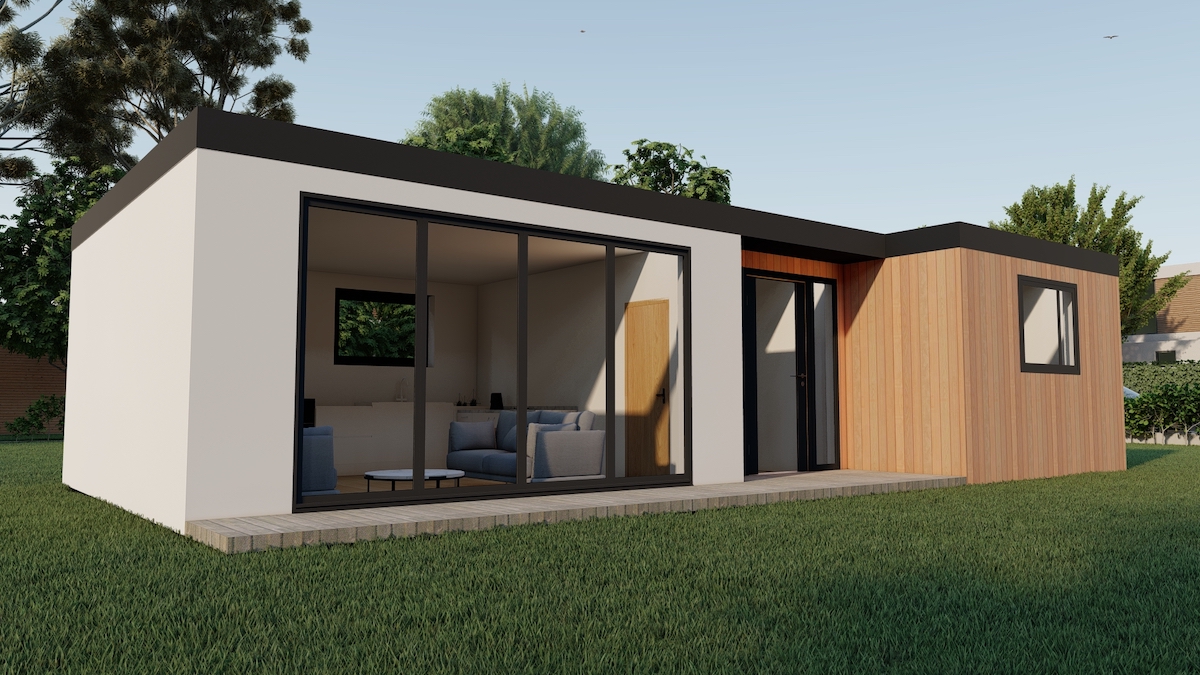Introduction: In a world where family dynamics and living arrangements continue to evolve, the concept of multigenerational living has gained significant popularity. One housing solution that has emerged as a practical and heartwarming option is the Granny Annexe. This innovative living space not only fosters close-knit family ties but also provides a sense of independence for the elderly. Let’s delve into the fascinating world of Granny annexe and explore why they are becoming a cherished addition to many homes.

Defining Granny Annexes: A Granny Annexe, also known as a granny flat or in-law suite, is a self-contained living space designed for older family members within the premises of a larger home or property. These annexes typically feature a bedroom, bathroom, kitchenette, and living area, providing a comfortable and private space for the elderly while maintaining proximity to their loved ones.
The Benefits of Granny Annexes:
- Family Bonding: One of the primary advantages of Granny Annexes is the strengthening of family bonds. With grandparents or elderly parents living in close quarters, daily interactions become more frequent, fostering a sense of unity and shared experiences among family members.
- Independence: While Granny Annexes promote closeness, they also emphasize the importance of independence for the elderly. Seniors can enjoy their own space and privacy while having the reassurance of family nearby.
- Cost-Effective: Building a Granny Annexe can be a cost-effective alternative to other forms of assisted living or senior housing. It allows families to save on expenses while providing a high level of care and support.
- Flexible Use: Granny Annexes are not solely limited to housing elderly family members. They can also serve as guest quarters, home offices, or additional living space for adult children, making them a versatile addition to any home.
Design and Customization: Granny Annexes come in various designs, ranging from contemporary to traditional styles. The key is to create a space that caters to the specific needs and preferences of the elderly family member. Accessibility features such as ramps, handrails, and wider doorways are often incorporated to ensure a safe and comfortable environment.
Legal Considerations: Before embarking on the construction of a Granny Annexe, it’s crucial to be aware of local zoning regulations and building codes. Some areas may have specific requirements or restrictions, and obtaining the necessary permits is essential to ensure a smooth and legal process.
Conclusion: The rise of Granny Annexes reflects a shift towards more inclusive and adaptable living arrangements. As families seek ways to stay connected while respecting individual needs, these self-contained living spaces provide a harmonious balance between togetherness and independence. Whether as a solution for aging parents or a multifunctional addition to the home, Granny Annexes are a testament to the evolving landscape of family living in the 21st century.
